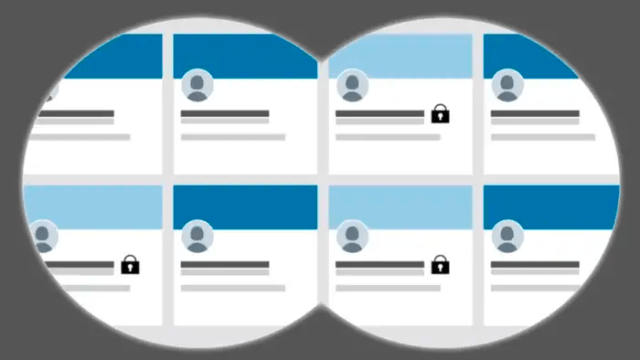
Anyone following modern social science research knows that all the cool kids are turning to social media platforms as a new source of data on human behavior and opinion. An attractive platform for this kind of data is Twitter, since, unlike Facebook and other sites, it is primarily public-facing. But just how public-facing is Twitter? And if it’s not fully public, what does that mean for studies of its users?
In an effort to answer questions like these, Pew Research Center recently conducted a nationally representative survey of 2,791 U.S. adult Twitter users who were willing to share their Twitter handles with us. The study provided a unique opportunity to measure the characteristics and attitudes of adult Twitter users in the U.S. and link those observations to these users’ actual behaviors on the platform, such as how often they tweet, what they say in those tweets, how many accounts they follow and who they follow (including whether they follow President Donald Trump or other politicians).
But our ability to study Americans’ Twitter behavior in this way depended in part on whether users have public or private accounts — a question that other scholars analyzing this relatively popular social network also must keep in mind.
Overall, our survey found that 13% of U.S. adult Twitter users keep their feeds private, which means they restrict full access to their tweets to only those accounts to which they have explicitly given permission. A private user’s page looks something like this:

Without receiving permission to view accounts that are marked as private, researchers are only able to access certain basic information about them, such as the total number of times they have tweeted and the number of other accounts they follow. Researchers are not able to access other information about these accounts, such as the specific individuals they follow or the actual content of their posts — information that is available for those with public accounts.
For the purposes of our own study, the survey we conducted — and the basic metadata we had about private users’ accounts — still gave us a great deal of information about their personal characteristics and attitudes, even though we couldn’t access certain data. And we can use that data to answer the question of how users with private accounts compare with users who keep their tweets public, including whether these two groups have different demographic, attitudinal and behavioral profiles.
Overall, we found that two groups generally had similar characteristics, including comparable levels of educational attainment and household income, political affiliation and approval of the president. But there were some differences. Compared with public account holders, for example, those with private accounts were slightly more likely to be women (60% vs. 48%).
These two groups also exhibited some modest differences in how they use Twitter. Most notably, those with private accounts tended to tweet more often and favorite more tweets than those with public accounts. The median user with a private account posted 289 tweets and favorited 210 over the life of their accounts (as of the end of our study), while the median user with a public account tweeted 164 times and favorited 79 tweets. These differences persisted even when normalizing for the time since each account was created. Users with private accounts also followed more accounts (a median of 129) than those with public accounts (84). Still, public and private users had similar numbers of followers and were equally likely to say they have tweeted about politics.
Ultimately, this analysis provides evidence that research based on public Twitter accounts could slightly misrepresent certain groups, such as women, and that “missing” private accounts belong to users who are slightly more active on the site. Overall, however, it finds that public and private users are broadly similar. As researchers continue to rely on Twitter to unpack human behavior on social media, they should explore other ways that these group might differ — and what that means for their research.





